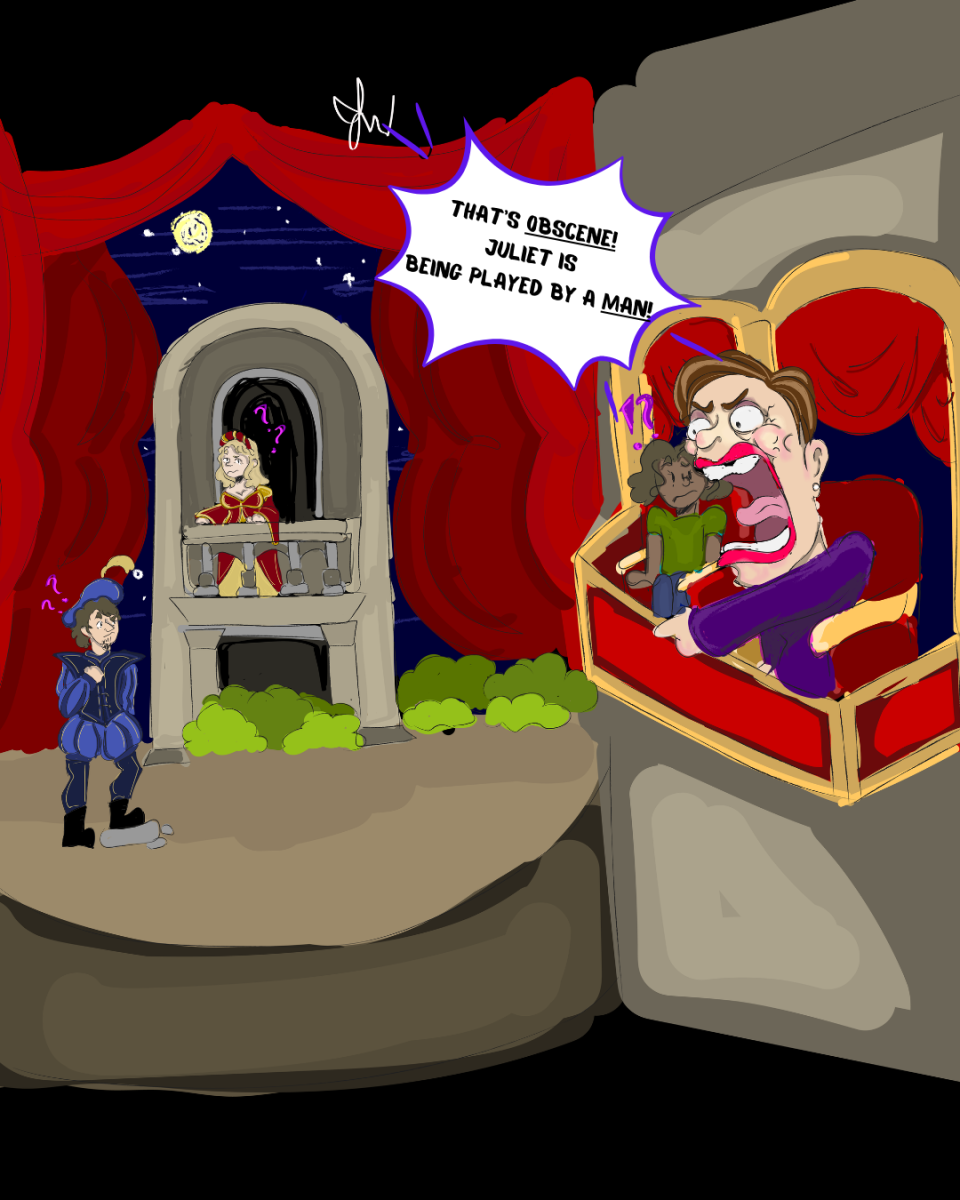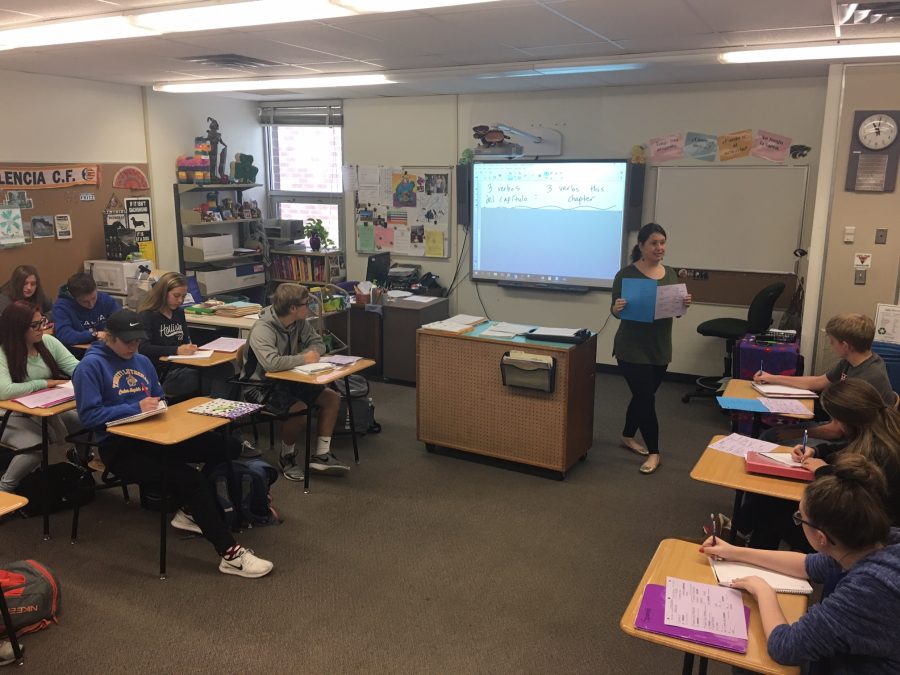17 and A Half Hours: The Effects of an Extra Class Period
Spanish class during a regular school day schedule.
November 16, 2016
Thirty minutes a week or a little over 17 and a half hours per school year.
This is the amount of time students are losing in classes due to the new seven period school day schedule. After over two months of the schedule, students and teachers are starting to feel its effect.
“The seven period school day makes the school day seem longer even though the class periods are shorter,” Chandler Poell, sr., said.
When Poell was playing football, he felt stressed out with the homework workload that another class brought on, a class he had to take on after practices.
This change in number of periods was due to budget cuts that the district made to comply with the new state budget.
“I feel like I don’t have enough time to talk to students and get to know them outside of the academic side of things because I’m always running to get copies, grading papers, or deciding lesson plans,” Jennifer Neilly, Spanish teacher, said.
Teachers were informed last year about the new schedule for this year, but were told that the class sizes would be smaller to make up for an extra class period.
“That has actually not happened in any of my classes, the class size is the same as last year,” Neilly said.
“I have the equivalent of another section of students, so I’ve certainly had more grading, especially as I do assign writing on a regular basis,” Mari Waldschmidt, Language Arts teacher, said.
Although SMART lunch remained in effect, there are now three class periods after it. For some students, it seems to feel tiring.
“After lunch, I’m used to having two hours then being free. The extra 15 minutes really does matter at the end of the day,” Taliah McGriff, jr., said.



























